Learn the Meaning Behind 5 Common Yoga Symbols
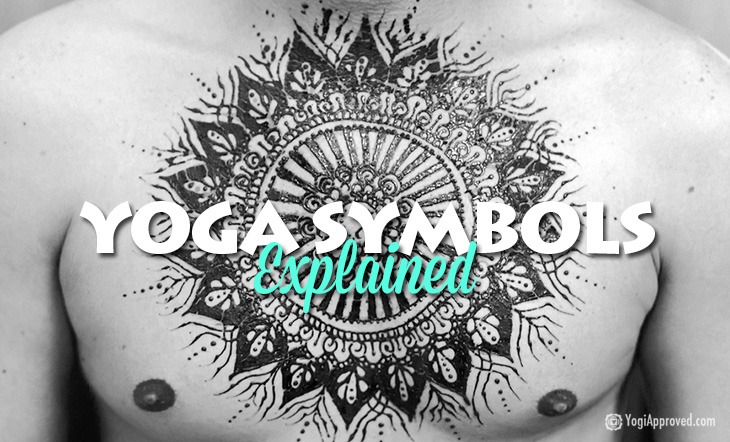
yoga symbols
Symbols play a valuable role in all of our lives. From waiting for the “walk” sign to cross a street, to giving someone a thumb’s up, to drawing a heart at the end of a love note, we use symbols to add meaning to our lives. Yoga symbols, like the Om, serve the same purpose – they add meaning to our understanding and practice of yoga.
Perhaps you’re a seasoned yoga practitioner or new to the practice, but either way, you’ve likely seen some of the lovely yoga symbols used in your yoga class or studio. Maybe it’s a pretty flower-looking blossom, or something that looks like a character from another language. Nice to look at, but what do all these yoga symbols mean? And why do yoga practitioners use them?
Read on …
If You Are Curious About Yoga Symbols, You Might Also Like To Learn About Other Mystical Realms
Modern Mystic is a 5-course program on YA Classes that will show you your personal power and support you in your spiritual, mystical, and life journey. Explore five key ancient modalities: astrology, shadow work, crystal healing, spirit communication, and manifestation, including the mystical origins, symbols, and practices that will teach you how to use it in your daily life.
Here’s The Meaning Behind 5 Common Yoga Symbols:
Let’s take a closer look at five symbols often used in yoga.
Recommended Read: 8 Unique and Inspiring Yoga Tattoos + Their Meaning
1. The Om
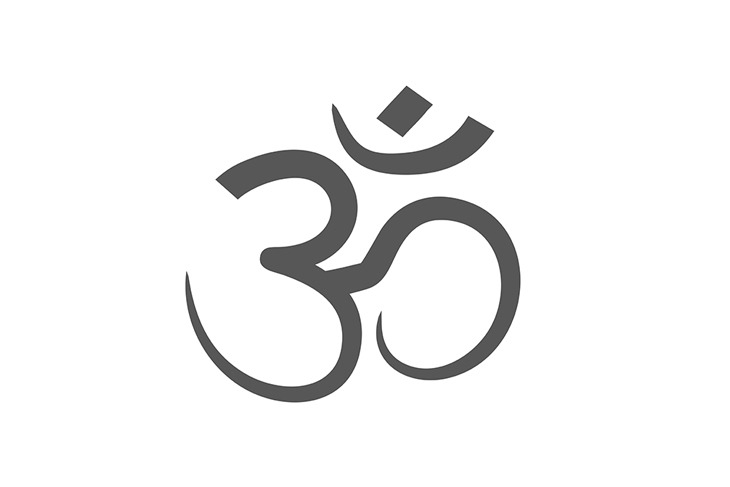
It looks a bit like the number 30 with a little hat on top. It’s probably familiar to you from the Om chant you hear at the beginning or end of some yoga classes. Made up of the sounds of the letters A-U-M, Om is all about threes.
With its roots in Hinduism, the Om symbol is said to represent the one-ness of all creation, including the heavens, earth, and underworld. Others say it is the representation of the three Hindu gods, Brahma, Vishnu, and Shiva.
Some say the actual shape of the symbol represents the syllables of the word: the ‘three’ being the Sanskrit letter for ‘aahh’, the small ‘s’ is the ‘oooh’ and the half moon at the top is the ‘mmm’ sound. Om is considered one of the most powerful mantras, and the ritual of chanting Om has been done for thousands of years.
Want to know more abou this yoga symbol? Check out OM: The Meaning Behind the Sacred Chant + 6 Surprising Benefits
2. The Lotus Flower
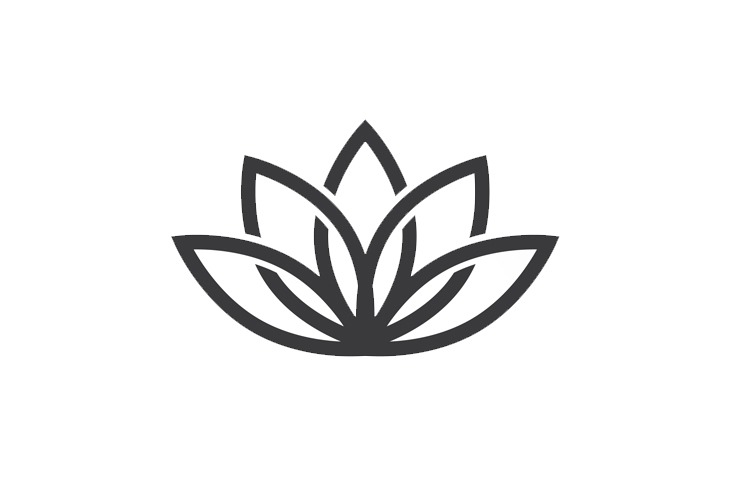
It looks like – and is – a water lily. The water lily, or lotus flower, has a wealth of meaning and history behind it. The lotus flower blooms on the surface of water with its roots deep in the mud – a symbol of light and emergence from darkness.
In Buddhism, the lotus blossom represents the heart opening. Buddhists compare the opening of the lotus flower petals to the unfolding of what is divine within you. It is a perfect reflection of new beginnings, purity and enlightenment. A closed bloom is the heart with its infinite potential for enlightenment, waiting to unfold.
Looking for more yoga history? Check out our full library of Yoga articles here
3. The Hamsa
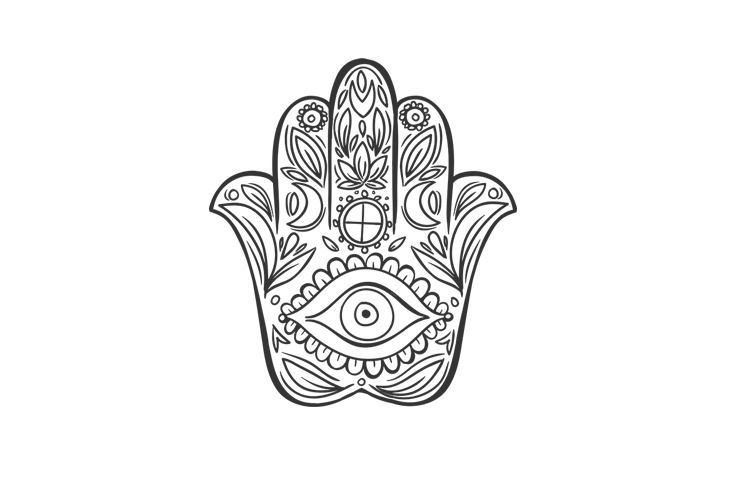
This yoga symbol appears as the palm of a hand, and the hamsa is a popular symbol in many cultures and religions. These cultures believe that the symbol (depicted by a right hand with an open palm or a hand with two open thumbs) is a sign of protection.
The word “hamsa” is derived from the five fingers on the hand. It is often decorated with the “evil eye” which is thought to ward off any harm or danger. The hamsa is meant to be displayed or worn with the fingers facing down to offer the proper protection, and bring luck and strength.
4. The Mandala
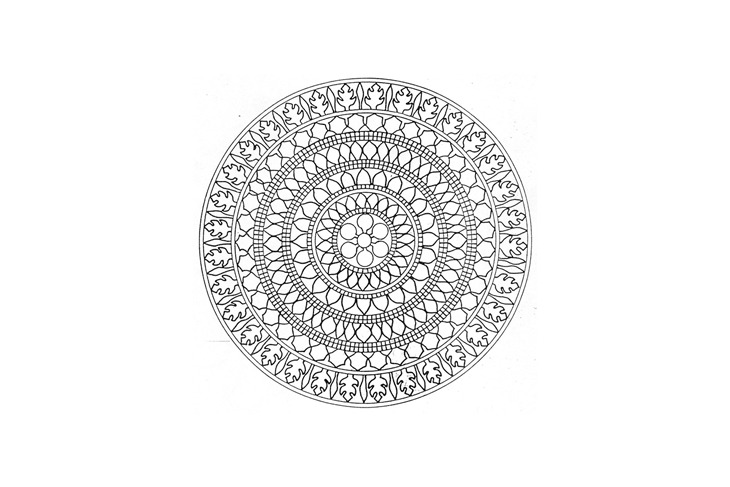
Loosely translated as “circle,” mandalas are said to represent the universe. A mandala is designed to offer a visual balance of elements that symbolize harmony and unity. When used in a spiritual practice, the mandala is said to help absorb the mind in meditation.
As you may have noticed, this yoga symbol can come in an innumerable variety of designs, patterns, and colors. If you look closely, you’ll see the mandala represented in so many aspects of your own life – the concentric circles in the patterns of nature, and even the circles of life, friends, and family.
5. The Buddha
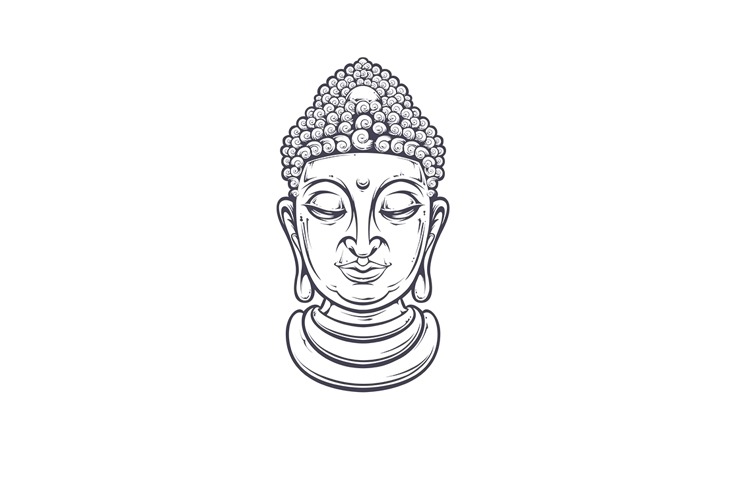
Buddha is a Sanskrit word that means “the awakened one.” It represents the life of Siddhartha, an Indian prince that gave up his throne, riches and lavish lifestyle to look for true meaning and happiness in life.
He studied for years with religious prophets and went on a six-year journey to share what he believed was the way to achieve real peace and fulfillment in life. His teaching is known as the Dharma. Buddha is represented in many different forms, including ones that symbolize protection, serenity or meditation, medicine and teaching.
Yoga Symbols: The Takeaway
Have any of these yoga symbols particularly influenced your yoga practice, or life in general? Do you have any more symbols that you’d like us to define, or that you’d like to add to the list? Please let us know in the comments below. ☺
Recommended Read: 9 Powerful Mudras to Add to Your Yoga and Meditation Practice


This Month's Letter
From the Editor
Monthly motivation and food for
thought from our founder.































